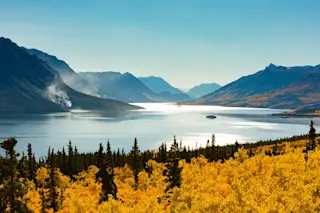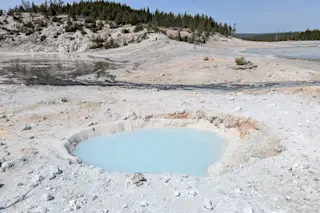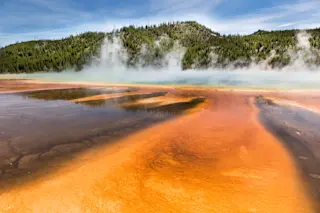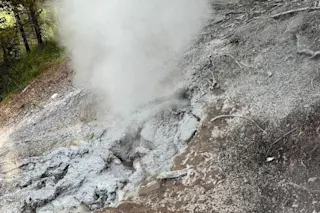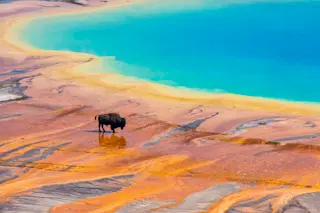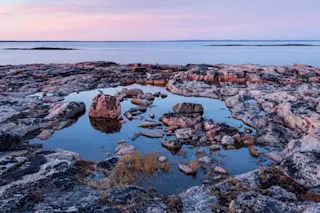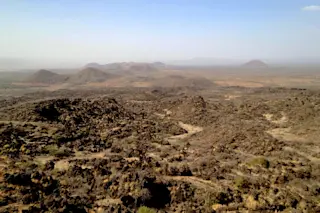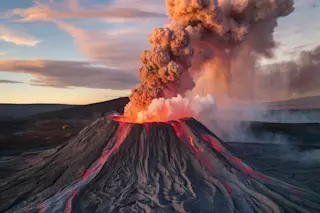I recall years ago reading Spencer Wells discuss how important it was to sample "indigenous people"* before they were swallowed up by the cresting panmixia. Of course panmixia has to be conditioned on the fact that the vast majority of Han Chinese are stilling reproducing with other Han Chinese, and so forth. But it seems plausible to argue that the great agricultural Diasporas are only today swallowing up the residual of marginalized groups outside of the farming frontier. These populations which expanded from agricultural hearths over the Holocene may only be a shadow of the genetic variation which was once extant after the last Ice Age, as the thinly populated landscape was fractionated into endogamous networks as a matter of necessity rather than preference.
First, let's recall that over the long term "effective population size" is defined by the harmonic mean. Concretely, a population of 1 billion can be far ...


